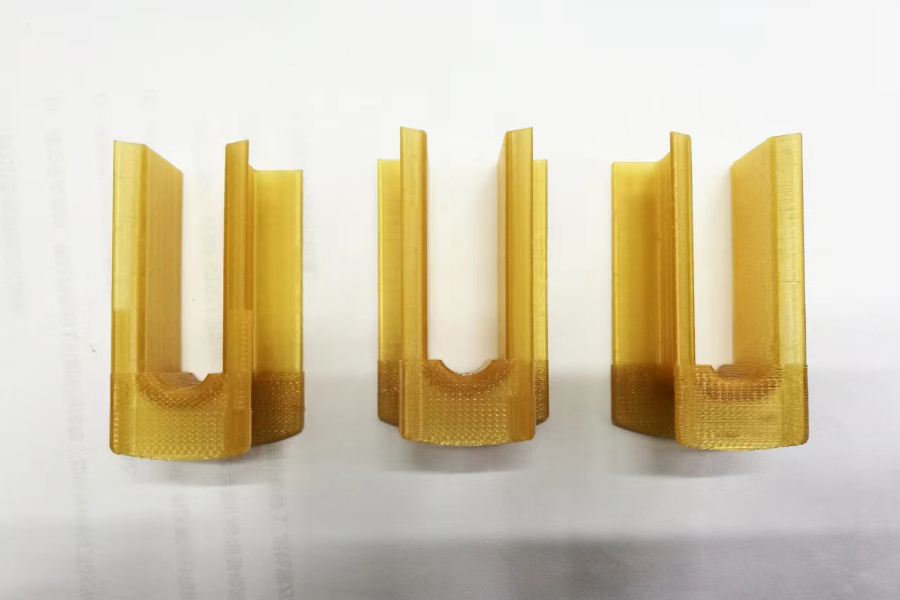One of the big reasons for using 3D printed molds is their low cost. Production level machined mold makers typically cost $20,000 or more, meaning that a $1,000 printed mold is a like-for-like comparison. However, this analogy is inaccurate, as the cost of a printed mold is usually evaluated only in terms of material consumption and does not take into account labor, assembly and mounting, injection systems, and hardware molds. For example, a ProtoLabs aluminum mold costing $1,500 could be used for production. If more parts need to be produced with 3D printed molds, new molds will need to be reprinted and tested by the assembler for every 50-100 products produced. On the other hand, aluminum molds typically serve well after 10,000 parts are produced, regardless of the plastic used. Therefore, 3D printing is no more cost effective than traditional mold manufacturing methods in terms of production costs.

In addition, in terms of product design, the principles and practices of traditional injection mold manufacturing have been in place for more than a century, and the industry has studied them thoroughly, such as the draft angle must be greater than or equal to 5 degrees in order to meet the requirements of most aluminum molds. 3D printing mold injection molded plastic parts, however, faces the challenge of the number of ejector pins in the plastic mold and the location of the mounting needs to be extra careful. 3D printed molds (especially high-temperature injection molding) are somewhat more flexible when it comes to increasing cavity wall thickness and reducing pressure. Gates are also designed differently, and tunnel and spot gates should be avoided. Direct, scalloped, and winged gates should be increased to three times the normal scale. The direction of polymer flow within the print mold should be consistent with 3D printing to avoid sticking and high filling caused by low pressure. Cooling systems can improve the life of the mold to some extent, but will not significantly reduce the number of cycles of the printed mold, since 3D printed molds do not dissipate heat as well as aluminum or steel molds.
In summary, 3D printing technology will not completely take the place of traditional mold manufacturing. Because 3D printing mold in the finished product quality, product cost and mold design compared with the traditional mold manufacturing, there are still some shortcomings. And, 3D printing is not suitable for mass production, production of a piece and production of 10,000 pieces of cost unit price is basically close to, and 3D printing takes longer. The current 3D printing technology can only be used for small batch production cycle requirements of tight mold production, high-volume production or traditional mold manufacturing.
Yize Mould focuses on medical equipment molds and all kinds of medical supplies, medical package mold research and development, production, sales and service, the company introduced all kinds of mold production equipment and testing instruments and to do thermostatic management, the management of the mold ERP management system, the introduction of information technology management in all aspects of the workflow.